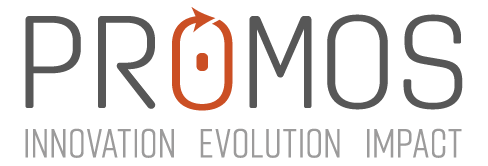Many development models rush to answer the question, “How can we eradicate poverty?” without first asking, “Why does this poverty exist?” Focusing only on the first question has led to the common aid mishaps we hear about: villages with a brand new schools but no ability to employ teachers, broken water systems that none of the locals can fix, local economies wiped about because of free, imported alternatives, and so on. For example the 22 million failed in Kenya or the 60 million project focused on eradicating malnutrition in Bangladesh.
A further challenge is that development aid is sometimes directed towards the government in order to maintain bureaucratic control instead of increasing livelihoods for individuals or enabling economic freedom. This can sometimes result in outright corruption; President Moise of Haiti’s embezzling development aid is but one example.
More successful development approaches identify the symptoms of poverty while treating the root causes while factoring in the local culture.
I recently had the opportunity to learn about World Centric, an organization founded in 2004 as a non-profit focused on reducing economic injustice and environmental degradation through hosting speakers, screening documentaries and building community networks. In 2005 World Centric sold Fair Trade and compostable products to avoid taking donations or grants. By 2009, innovating and selling compostable foodservice ware became the main focus which led them to convert to a for-profit social enterprise and in 2010 they certified as a B Corporation.
While not many organizations switch from non-profit to for-profit, Aseem Das, World Centric Founder and CEO told me that “Conversion to a for-profit was relatively straightforward as we had not taken any public donations or grants while we were a non-profit. By late 2008, we were spending majority of our time in the sale of compostable products vs educational activities and had become mostly a business”.
[ Forbes 05.05.2021 ]
